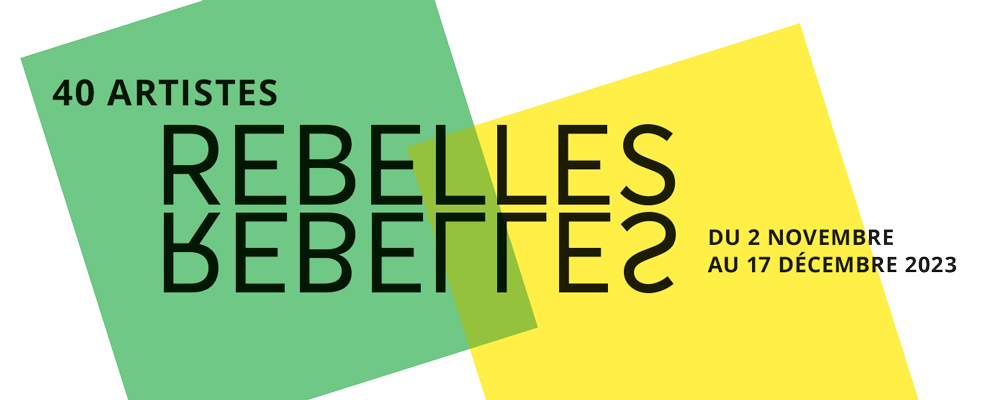À de nombreux égards, l’exposition intitulée « Échos du
Silence », qui fait connaître l’œuvre de Normand Moffat et de Bruno Tenti
à la Galerie Art Plus de Sutton, nous invite à explorer comment la luminosité
et la vie peuvent être captées, assimilées et célébrées... en silence.
 |
| Bruno Tenti © |
Ce mois-ci, la galerie se partage en deux espaces clairement
définis : d’un côté, les tableaux abstraits de Bruno Tenti qui, d’une
nuance d’ocre à une autre, se complètent tout en s’opposant; de l’autre,
les créations expressives de Normand Moffat qui, souvent avec beaucoup
d’humour, jettent un regard lucide et pertinent sur les concepts construction, identité et habitation.
Les deux points de vue artistiques se démarquent carrément l’un de l’autre.
Tandis que Normand Moffat joue de la feuille d’or en la définissant
d’accents d’ébène, les toiles de Bruno Tenti, si justement intitulées
« Lueurs », sont un spectacle jubilatoire et une ode à la vie. Le
style de Normand Moffat est cartésien, tandis que celui de Bruno Tenti est
intrinsèquement organique. Dans le premier cas, l’artiste se penche sur des
thèmes d’envergure, comme la manière dont l’architecture et la construction
juxtaposent en les confrontant l’individu et le groupe; dans le second, la
démarche est réflexion, voix intérieure. Néanmoins, le contraste entre les deux
cheminements, qui peut laisser perplexe ou même, à l’occasion, sembler
discordant, renvoie à une harmonie profonde.
Dans « Lueurs », Bruno Tenti crée un monde lumineux au moyen
de subtiles nuances. L’ocre et l’orange prennent vie lorsqu’on s’en
approche, révélant des détails insoupçonnés. Ici, une mince figure représentant
une croix, là, une palette soyeuse rehaussée de sanguine — Bruno Tenti surprend
par son habileté à découvrir par la texture et la couleur une autre forme du
réel. Ses outils, crayons et pinceaux recouverts d’une épaisse couche de
peinture séchée, témoignent de sa démarche esthétique à la fois intrépide et
audacieuse. (Les crayons et pinceaux de Bruno Tenti sont exposés à la galerie).
 |
| Normand Moffat © |
Au centre de la
galerie, où se trouvait l’autel de l’église, domine une série de petits formats
que Normand Moffat a intitulée « Scriptorium ». Chaque pièce,
d’inspiration profondément religieuse, participe à la juxtaposition de surfaces
noires et or. Les thèmes ici vont de la douleur à la foi en passant par la
création, le temps et le silence. En rendant hommage aux moines qui consacrent
leur vie à Dieu, Normand Moffat jette chaque fois un regard pur et renouvelé
sur la religion.
Le silence est au cœur
même du travail de Bruno Tenti et de Normand Moffat : savoir trouver le
sacré dans la profonde réflexion, cibler ce qui est en soi digne d’être vécu.
Cette exposition, à n’en pas douter, mérite amplement son titre, car elle rend
hommage au silence si précieux, que notre époque essoufflée bafoue trop
souvent.



